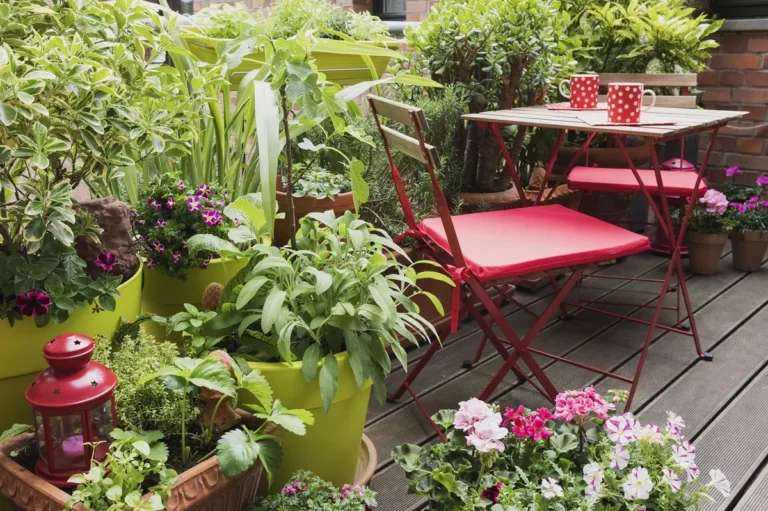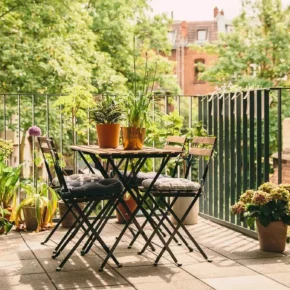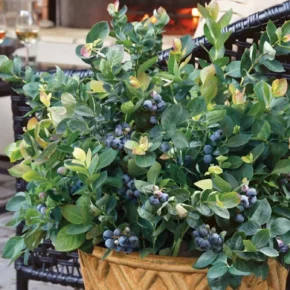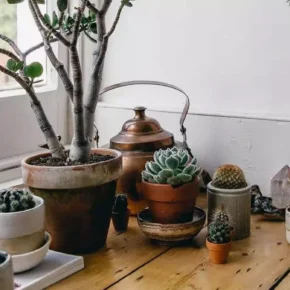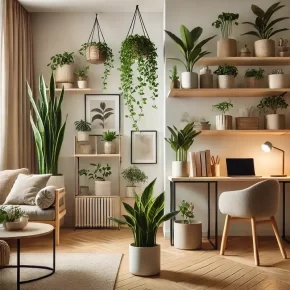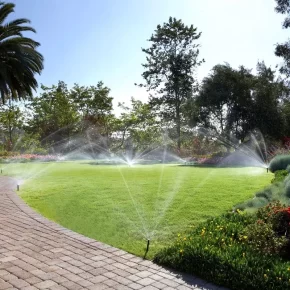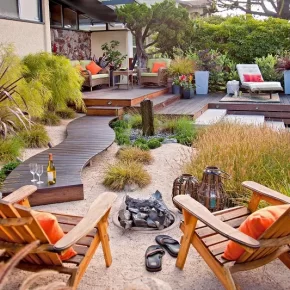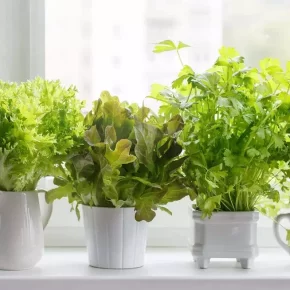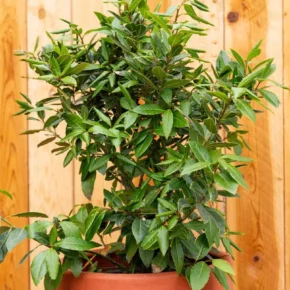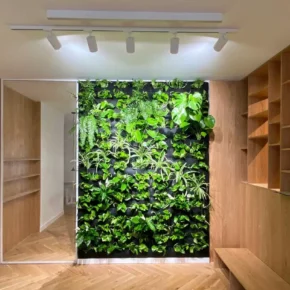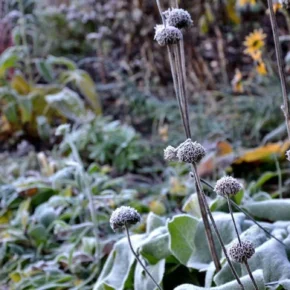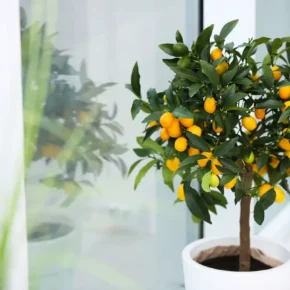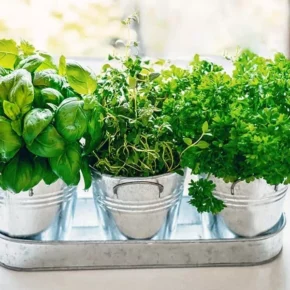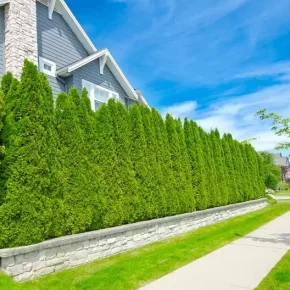Potted plants can turn your balcony or terrace into a cozy oasis, adding freshness and natural beauty.
However, taking care of outdoor plants requires special attention, as they are exposed to different weather conditions.
1. Choosing the right pots
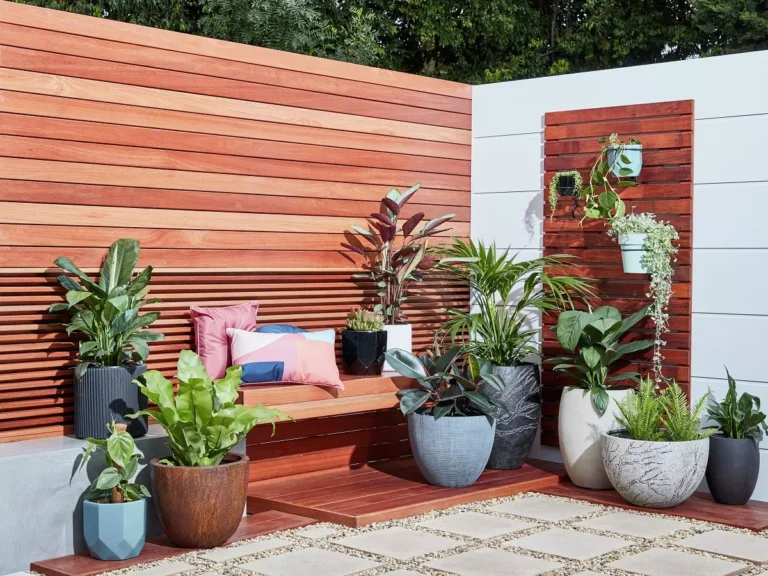
The first step in plant care is choosing the right pots that will provide comfortable conditions for the development of the root system.
- Pot material. Clay pots breathe well, but moisture evaporates quickly, so they require more frequent watering. Plastic pots retain moisture longer, but do not allow air to pass through. For an open space, it is better to choose materials resistant to external influences.
- Drainage. Be sure to choose pots with drainage holes that ensure the outflow of excess water. This will help to avoid water stagnation and rotting of the roots.
2. Proper watering
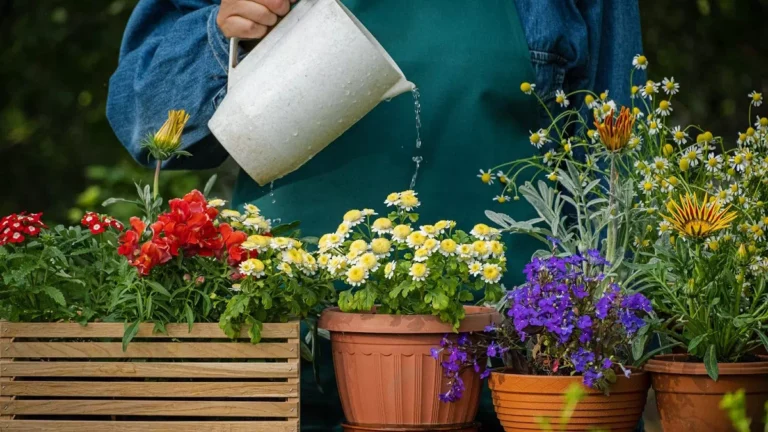
One of the most important aspects of plant care is watering. On terraces and balconies, plants can dry out faster due to wind and sun.
- Frequency of watering. In summer, plants need regular watering, especially on hot days. Check the soil for moisture, and if it is dry, water the plants. However, do not allow water to stagnate – it is important to maintain a balance.
- Watering time. It is better to water the plants in the morning or in the evening to avoid water evaporation due to the high temperature during the day.
- Self-watering For convenience, you can install an automatic watering system or use special pots with a built-in water container, which will allow the plants to receive water gradually.
3. Protection from the sun and wind
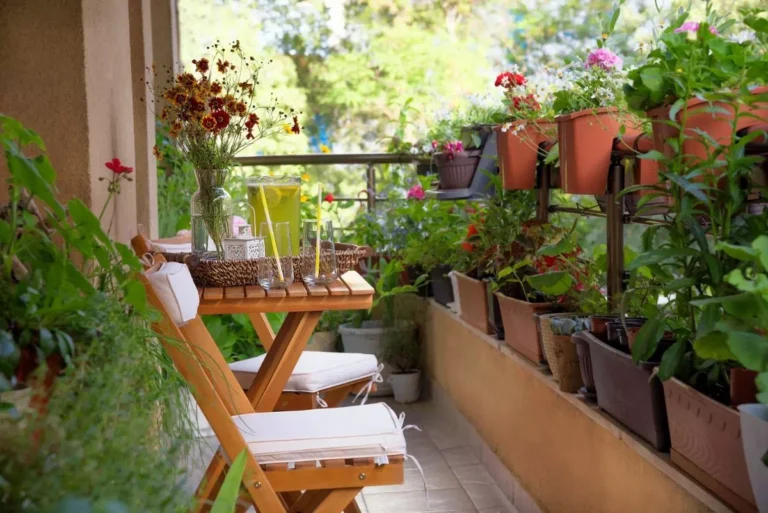
The terrace and balcony are often exposed to direct sunlight and strong winds. It is important to protect your plants from these extreme conditions.
- Shading. If your balcony is on the sunny side, take care of shading the plants. You can use light curtains, awnings or umbrellas to protect from direct sunlight.
- Wind protection Place pots in sheltered locations or install decorative screens to minimize wind exposure, which can damage leaves and stems.
4. Feeding plants

Plants in pots have a limited amount of soil, so for their full development, you need to regularly fertilize the soil.
- Fertilizers Use liquid or granular fertilizers designed for flowering or ornamental plants. Feed the plants once every 2-3 weeks during active growth (spring-summer).
- Mulching To preserve moisture in the soil and provide additional nutrition, you can mulch the top layer of the earth in pots. Use peat, bark or special mulch.
5. Transplantation and pruning
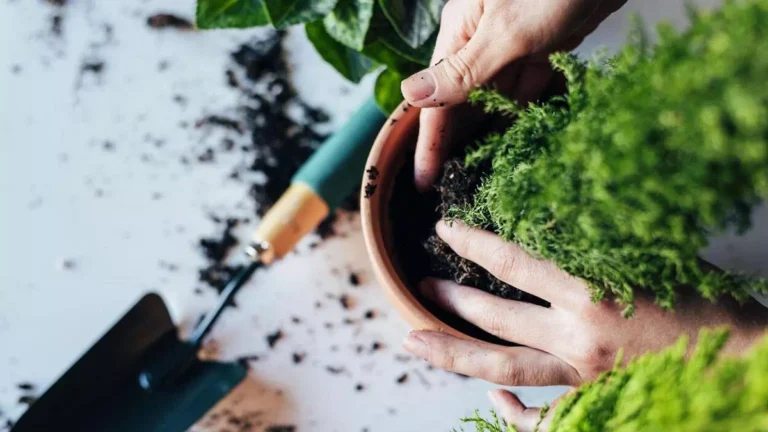
Potted plants need periodic transplanting and pruning to maintain their health and attractive appearance.
- Transplantation. Transplant the plants into larger pots every 1-2 years or when their root system fills the entire volume of the pot. When transplanting, renew the soil to provide the plant with new nutrients.
- Pruning Regularly remove dry leaves, damaged stems and faded buds to stimulate new growth and maintain the decorative appearance of the plants.
6. Protection from pests

Outdoor plants often attract pests, so it’s important to monitor their health and respond to problems in a timely manner.
- Regular inspection. Inspect plants for pests or signs of disease. If you notice cobwebs, spots on the leaves or other unusual changes, use special preparations or folk methods of pest control.
- Natural protection. To prevent the appearance of pests, use natural methods of protection – for example, spray the plants with an aqueous solution of soap or garlic water.
Caring for plants in pots on the terrace or balcony does not require much effort if you follow a few simple rules. It is important to ensure proper watering, protection from extreme weather conditions, timely feeding and protection from pests. Balanced care will help your plants grow healthy and beautiful, giving you comfort and joy from communicating with nature.

